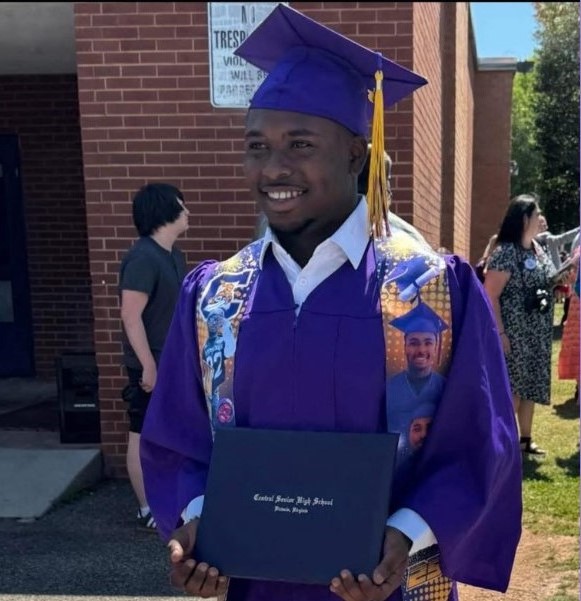Unemployment data for Virginia paints a complicated picture
Published 9:29 pm Thursday, July 22, 2021
|
Getting your Trinity Audio player ready...
|
Employment data for Virginia presents a complicated picture.
In 2019 before COVID-19 shutdowns impacted the economy, Virginia reported an unemployment rate of only 2.7%. During 2020, the rate skyrocketed to 14.4% before sliding back down. Recent statistics peg it at 4.5%.
Yet, job seekers say they still can’t find jobs, and employers say they can’t find workers to fill open positions. One piece of this puzzle appears to be a mismatch between the skills sought and those held by unemployed and underemployed workers.
To help address this, Virginia’s governor created the Re-Employing Virginians (REV) initiative as part of the statewide response under the Coronavirus Aid, Relief, and Economic Security (CARES) Act passed by Congress last year. REV training vouchers provide funds for job training in high-demand areas such as early childhood education, health care, information technology, manufacturing, skilled trades, and public safety. The REV program began last October and will expire at the end of this year.
Tammy Wiley and Cameron Vassar are two of the REV coaches SVCC currently employ to guide students who have become unemployed or underemployed as a result of the pandemic. Their duties include enrolling students, helping them succeed during course work, and assisting in job-seeking activities through connections with local employers, career counseling, and help with practical tasks such as creating resumes and writing cover letters. Plans for a career fair are also underway.
Marsha Hawkins, a current student who worked with Wiley as her REV coach, remembers hearing that her job would end.
“I was shocked and lost as to what my future would hold. At age 61 I had to make a decision. I knew that I needed benefits, such as medical and life insurance; therefore, I had to do something quickly. My decision was to go back to school to learn a new trade. My course of study is Medical Office Assistant, which is a two-year program with an AAS degree,” Hawkins said. “Tammy worked with me on getting financial assistance. Tammy also assisted me in getting my schedule together. I was a little overwhelmed trying to do it myself. So far, my classes have not been easy because my brain cells were asleep. However, I am doing well and Tammy checks on me often to make sure I’m OK and to see if I need any assistance in anything. I’m a true believer that if one door closes, God has another one opened and waiting for us to walk in.”
Several factors guide eligibility. Workers who received unemployment benefits after August 1, 2020, even if they also received prior benefits, are eligible. Also, workers who transitioned from full-time to part-time jobs as a result of the pandemic are eligible if they are currently earning less than $15 per hour.
Training vouchers up to $1,500 assist workforce and part-time students, and vouchers up to $3,000 are available for full-time students.
Furthermore, as Wiley explains, “If we cannot obtain all required funding through the REV program, we do our best to exhaust other available resources.”
Vassar adds, “I’d love for everyone to take advantage of this opportunity to expand career options. We’re trying to help as many people as we can.”
For more information about REV eligibility, training voucher amounts, and qualifying programs, please visit SVCC’s website (southside.edu) or call (434) 949-1021.



